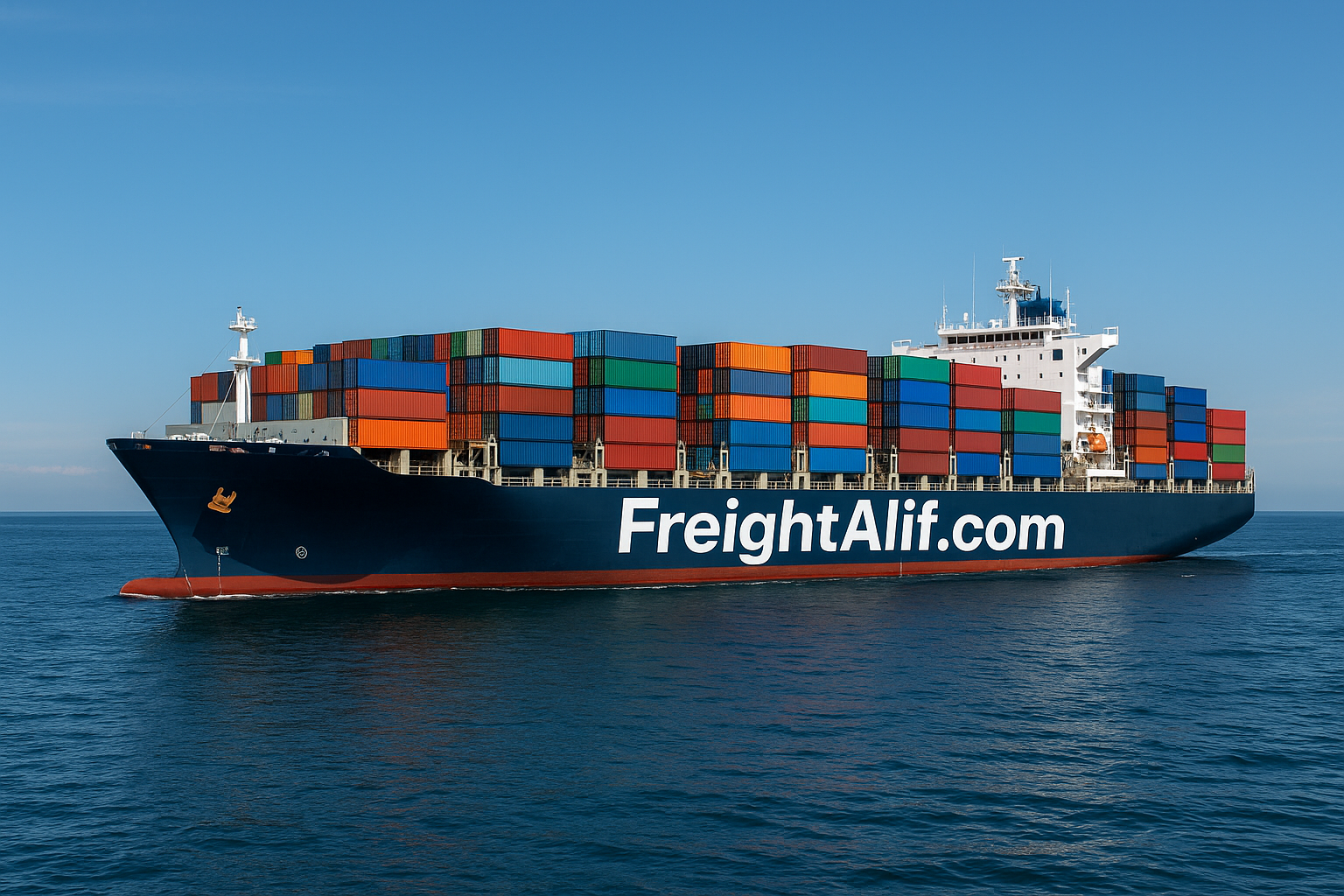July 2025: Ocean Freight Market from India – Monthly Overview
Shipping - India | 08/07/2025, Tuesday
July 2025: Ocean Freight Market from India – Monthly Overview
1. Geopolitical Impact on Freight Costs
-
On June 14, India’s export-import trade faces rising costs due to escalating tensions in the Middle East (Iran–Israel), which have pushed up sea and air freight rates along with insurance premiums.
-
Meanwhile, Pakistan-origin cargo has been banned by Indian ports, forcing rerouting along longer corridors, escalating freight charges and creating supply chain delays for Islamabad importers.
2. Energy Trade: Russian Oil Freight Rates to India
-
Freight rates for Russian crude via Baltic to India fell to US $5.5–5.7 million per voyage in early June, down from $6 million previously, due to increased tanker availability. However, new proposed EU sanctions (price cap to $45/barrel) could reverse this downward trend.
3. Domestic Port Infrastructure & Inland Waterways Boost
-
Kerala greenlit a ₹6.65 crore barge project (500 MT capacity) under the Inland Vessel Act 2021, to support KSINC operations—doubling handling capacity for FACT Ltd cargo. This reflects proactive inland water freight policy.
4. Peak-Freight Season & Outlook
-
The tariff “pause” that expired July 9 has seen an import surge from China into U.S. ports. India’s trade indirectly mirrors this dynamic—with tight vessel capacity and anticipatory demand for Peak Season Surcharge (PSS) surcharges, especially on IMEA routes.
-
Maersk Asia‑Pacific forecasts stable ocean operations overall, but South Asia (Ports like Colombo) is grappling with monsoon-impact delays. Still, steady demand and rerouting strategies are maintaining resilience.
5. Policy & Infrastructure Initiatives
-
India continues its Maritime Amrit Kaal vision and Maritime India Vision 2030, with multimodal logistics parks (MMLPs) expanding nationwide (e.g., Gujarat, Chennai, Kochi), aiming to reduce logistics costs from >13% to near global norms (~8%).
-
Vizhinjam International Seaport (Thiruvananthapuram)—India’s first deep-water transhipment hub—is operational since May, already handling ULCS-class vessels, indicating growing strategic maritime capacity.
Market Implications & Outlook
India’s ocean freight landscape is at an inflection:
-
Short term, carriers and shippers navigating cost hikes from geopolitical friction and insurance premiums.
-
Mid-term, infrastructure projects—from river barges to deepwater ports—begin to boost capacity and resilience.
-
Seasonal, India will face peak-season pressures (space, PSS), especially after global surcharges and vessel diversions triggered by tariff resets.
-
Strategically, the government’s multimodal and port development agenda points to improved supply chain efficiency, lower logistics costs, and increased self-reliance.
Action Points for Stakeholders
|
Role |
Suggested Focus |
|---|---|
|
Shippers / Importers |
Lock in freight rates early, monitor PSS and route changes, consider inland-water alternatives. |
|
Carriers / Forwarders |
Leverage new port infrastructure (e.g., Vizhinjam), diversify corridors to bypass congestion and geopolitical bottlenecks. |
|
Policymakers |
Fast-track MMLP and barge projects, ramp up insurance and contingency measures for conflict-affected corridors. |
Bottom Line
July has showcased the dual narrative in India’s sea freight market—geopolitical friction driving short-term volatility, while long-term infrastructure investments pave the way for a more robust, self-reliant logistics ecosystem. Strong planning, strategic routing, and leveraging new domestic assets will be key for navigating the months ahead.
Keep visiting FreightAlif.com for more.

